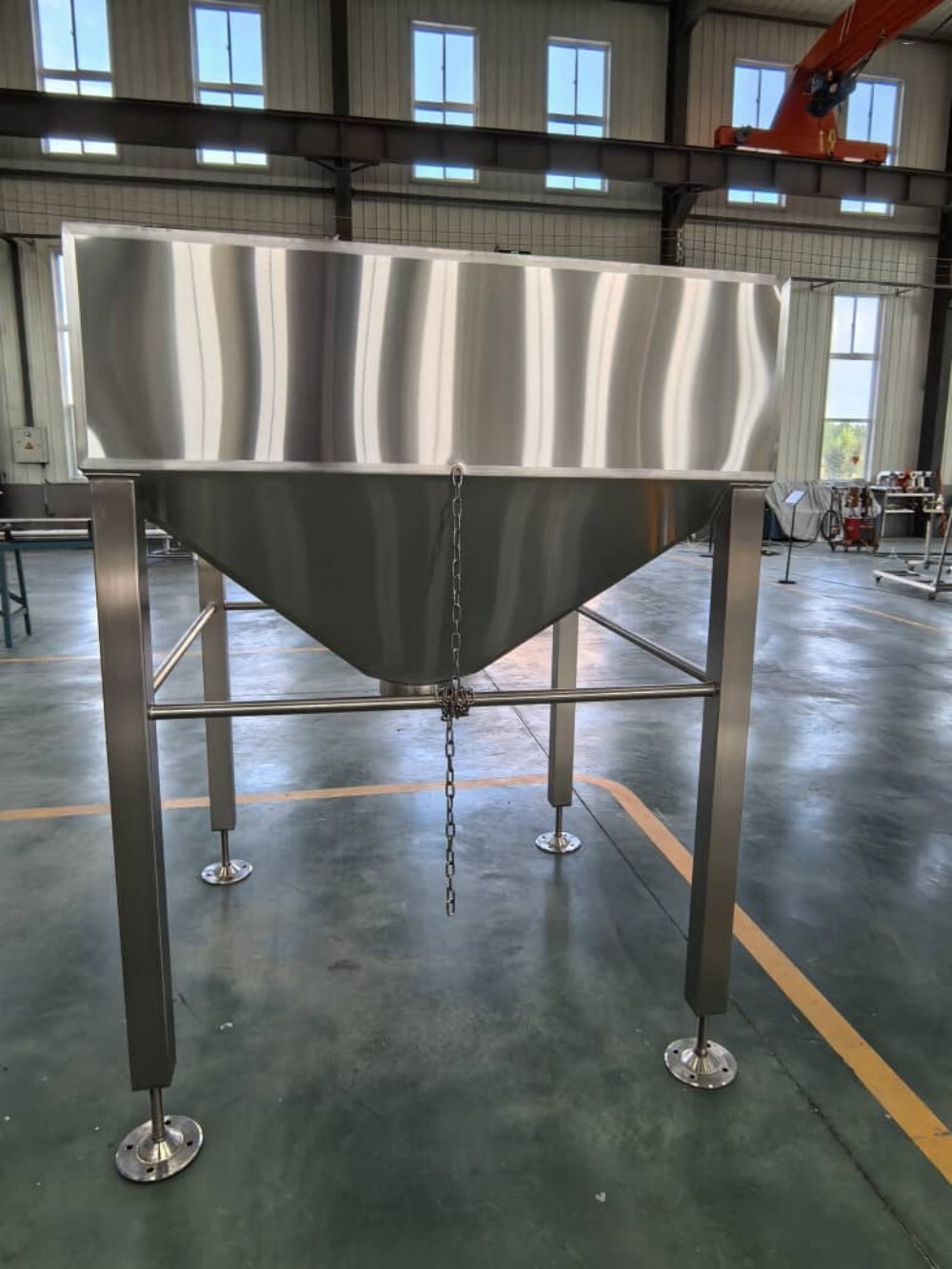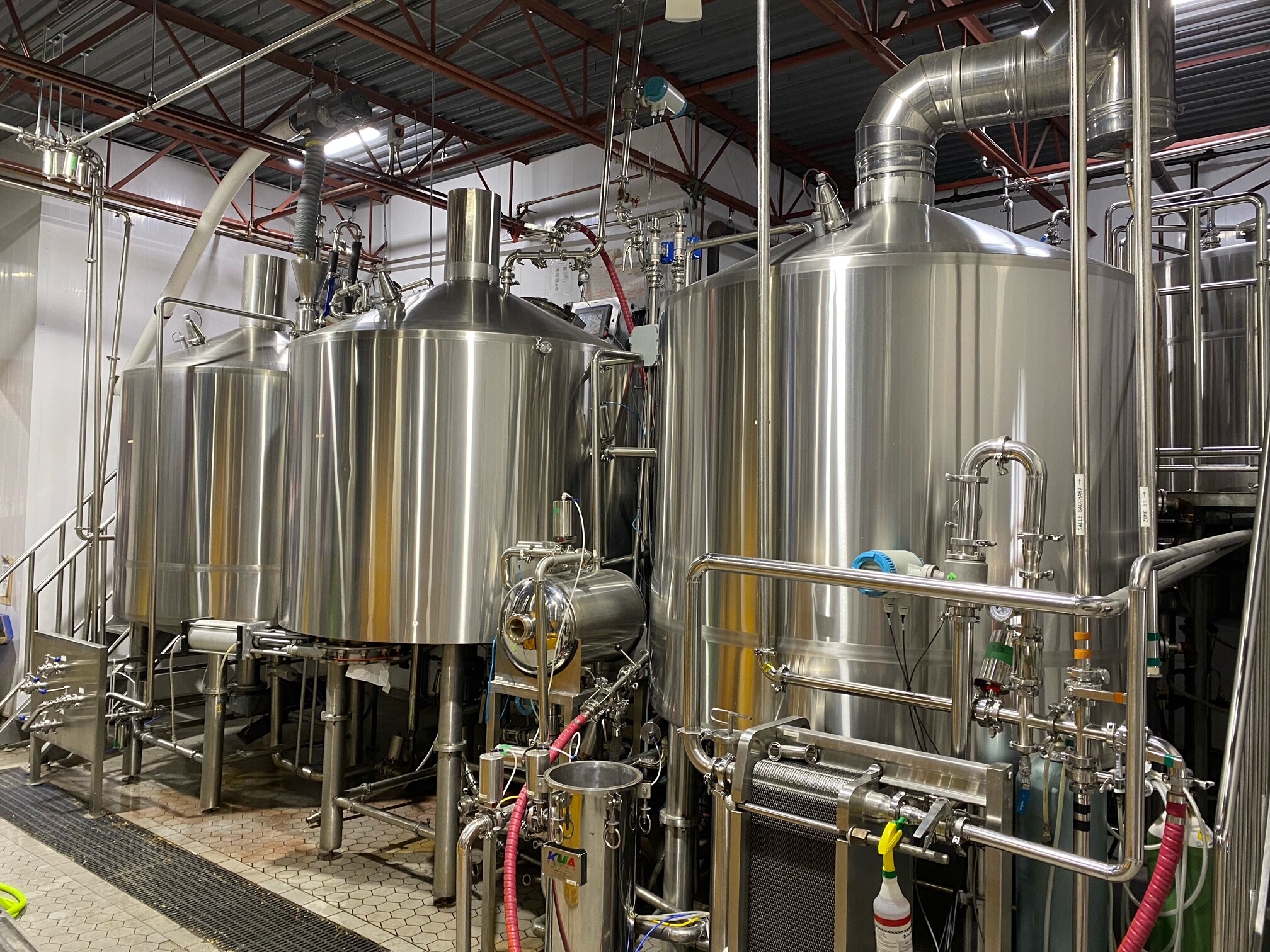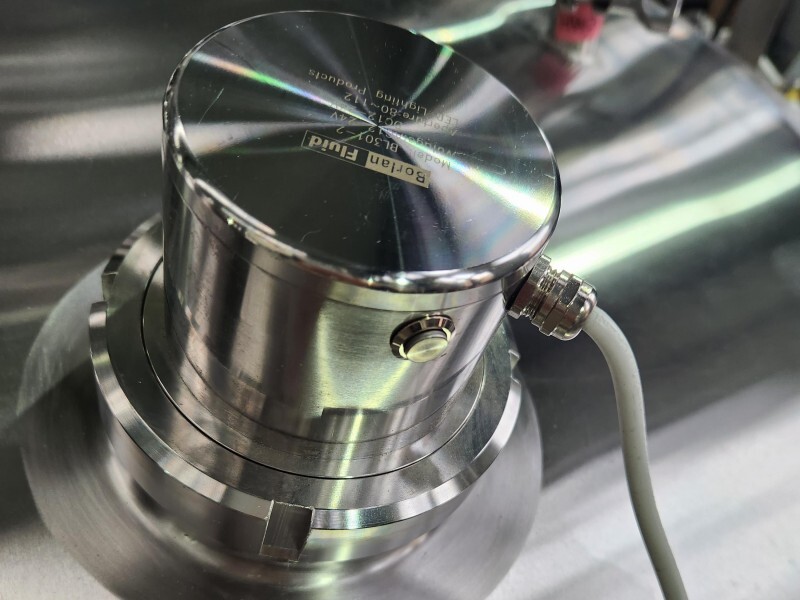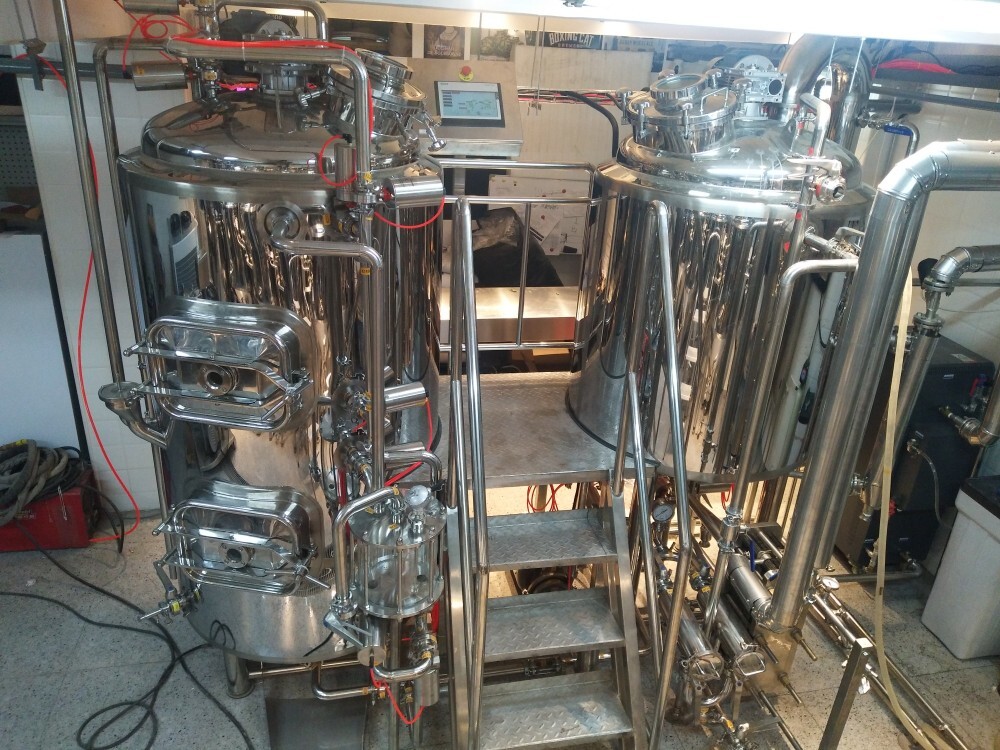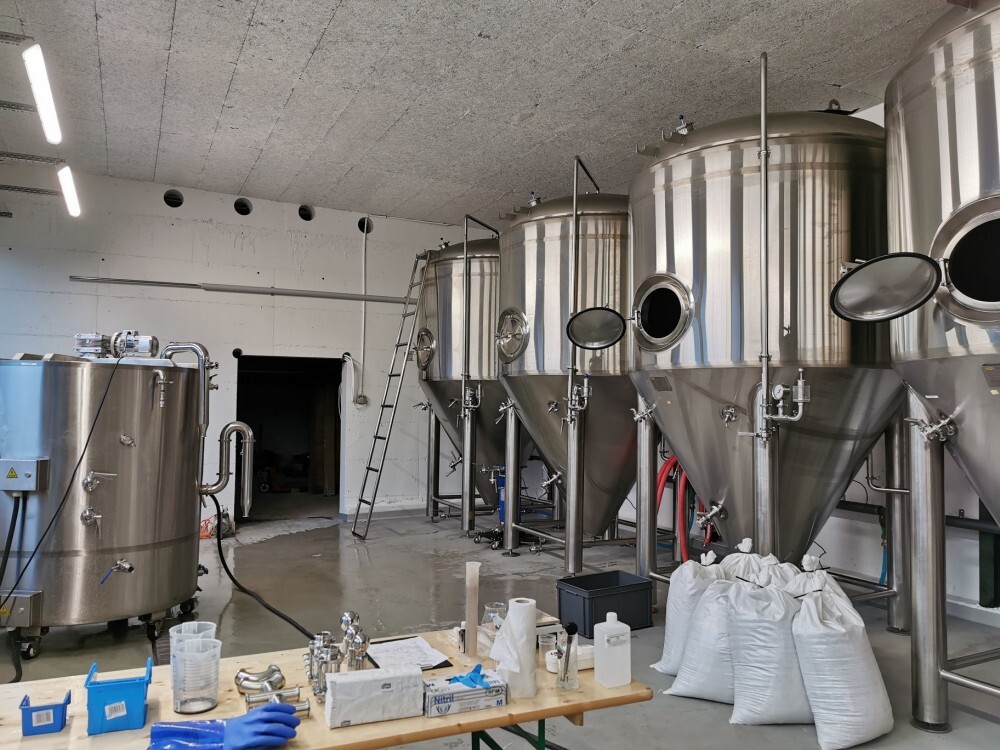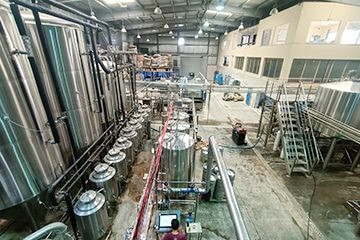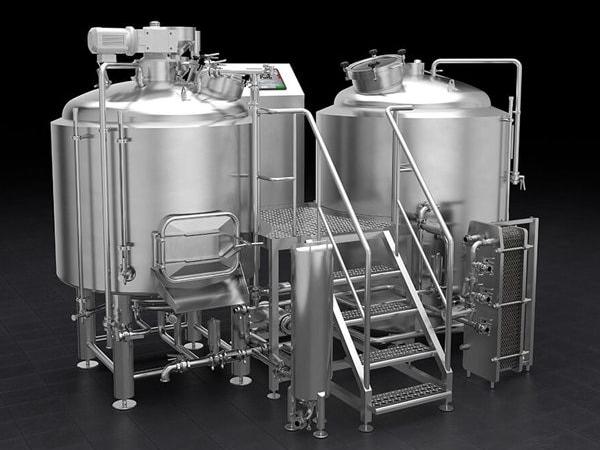Home Brewing Equipment: Improving Beer Clarity
The Druery Brewery
Bateleur Brewery is delighted with ZYB Craft's complete brewery turnkey solution. ZYB Craft's comprehensive approach and meticulous attention to detail have streamlined our brewery setup. Their support throughout the process was invaluable. We wholeheartedly recommend ZYB Craft to fellow brewers for their exceptional turnkey solutions. Cheers to ZYB Craft for being our brewing partner!
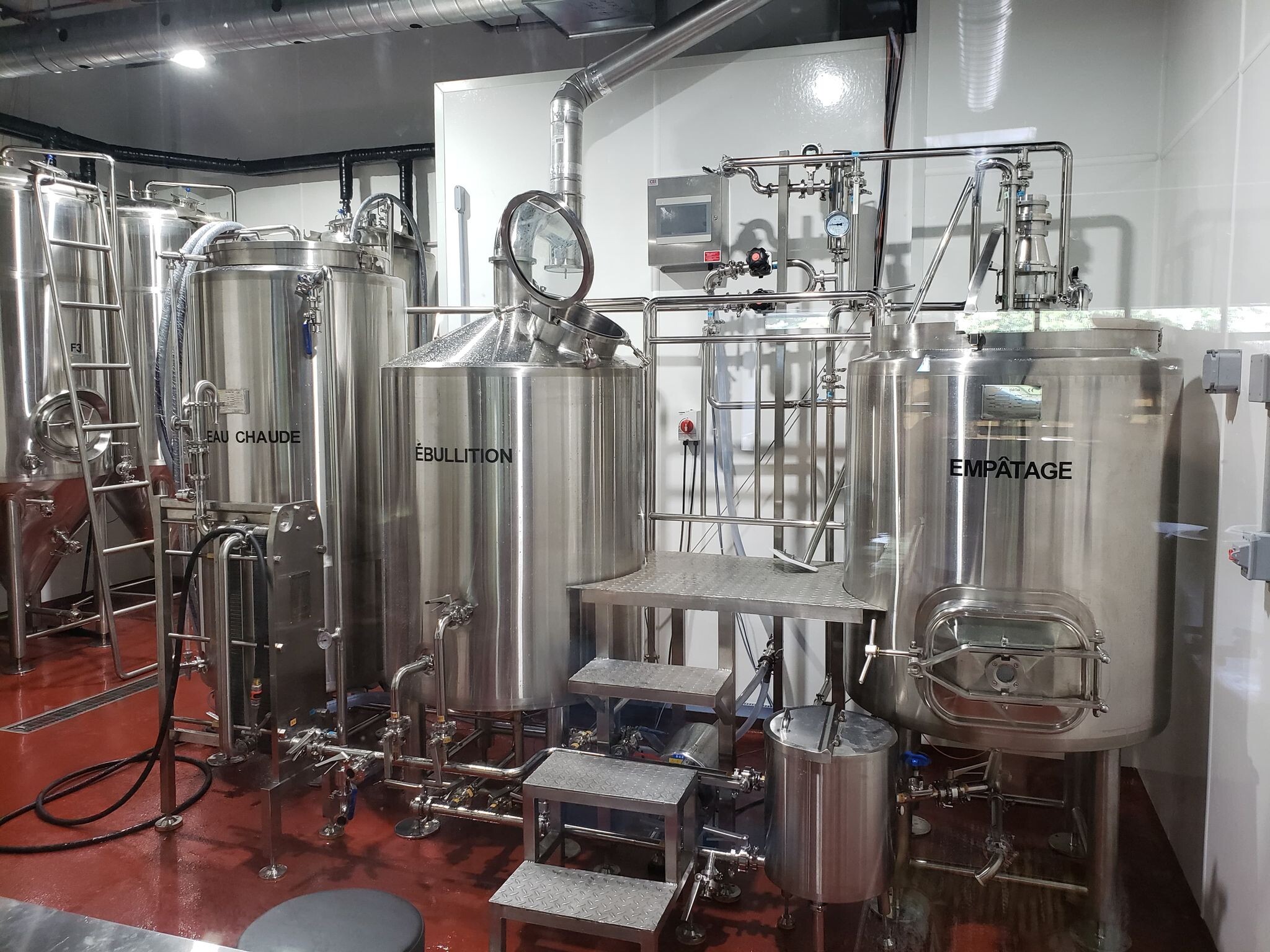
Project Description:
Home Brewing Equipment: Improving Beer Clarity
Home brewing has gained immense popularity, allowing enthusiasts to craft their own unique beers. A critical aspect of this process is the quality of home brewing equipment, which can significantly impact the final product. One common issue that homebrewers face is the presence of sediment in beer. This article will explore how specific home brewing equipment, such as conical fermentation tanks, can help reduce sediment in homebrewed beer and enhance the overall clarity of the beverage.
Understanding Sediment in Beer
Sediment is typically composed of yeast, proteins, and other by-products that settle at the bottom during fermentation. While some beer styles may intentionally include sediment, most homebrewers strive for a clearer final product. The presence of excessive sediment can lead to off-flavors and a less appealing appearance. Therefore, choosing the right home brewing equipment is essential in mitigating this issue.
Benefits of a Conical Fermentation Tank
A conical fermentation tank is designed with a cone-shaped bottom that allows for efficient sediment collection. This design helps in several ways:
- Efficient Sediment Collection: The conical shape naturally directs sediment towards the bottom, making it easy to remove.
- Improved Yeast Management: Yeast can be harvested from the bottom without disturbing the entire batch.
- Enhanced pH Monitoring: Many modern conical tanks come with built-in pH monitoring systems, allowing brewers to ensure optimal fermentation conditions.
Prioritizing Equipment Quality
Investing in high-quality home brewing equipment is crucial. When selecting fermentation tanks, consider features like material, size, and ease of cleaning. Stainless steel tanks are preferred due to their durability and resistance to corrosion, which contributes to a cleaner fermentation process.
Utilizing Filtration Systems
In addition to conical fermentation tanks, filtration systems can also help reduce sediment in homebrewed beer. These systems work by physically removing particles from the beer before bottling:
- Choose a filtration method that fits your brewing setup, such as plate filters or inline filters.
- Regularly maintain and clean your filtration system to prevent clogs and contamination.
- Monitor the flow rates and ensure adequate pressure during filtration to achieve optimal results.
Temperature Control is Key
Controlling fermentation temperature is another vital element in reducing sediment formation. Fluctuations in temperature can cause unwanted yeast activity and higher sediment levels. Invest in temperature-controlled fermentation chambers to maintain a steady environment during fermentation.
Conclusion
In the world of home brewing, having the right equipment can make all the difference in achieving a clear, flavorful beer. By utilizing quality home brewing equipment, such as conical fermentation tanks and filtration systems, you can effectively reduce sediment in homebrewed beer. Moreover, prioritizing temperature control and yeast management will ensure that your brewing process is both efficient and enjoyable. With these strategies in mind, you’ll be well on your way to creating exceptional beers that are a pleasure to drink.
Product Features
Tell us about your brewery equipment requirements!
At ZYB Craft, we’re dedicated to bringing your brewery vision to life. Our expert team of brewers, engineers, and craftspeople is ready to design and manufacture the perfect equipment for your brewing operation. Whether you’re just starting or expanding, we’re here to help. Please leave your specifications, and our team will get in touch to discuss your project in detail. We’ll work closely with you to create equipment that meets your unique needs and budget.
*Rest assured, your information will be kept confidential and used solely for the purpose of assisting you with your brewery equipment needs. We look forward to brewing success together!

